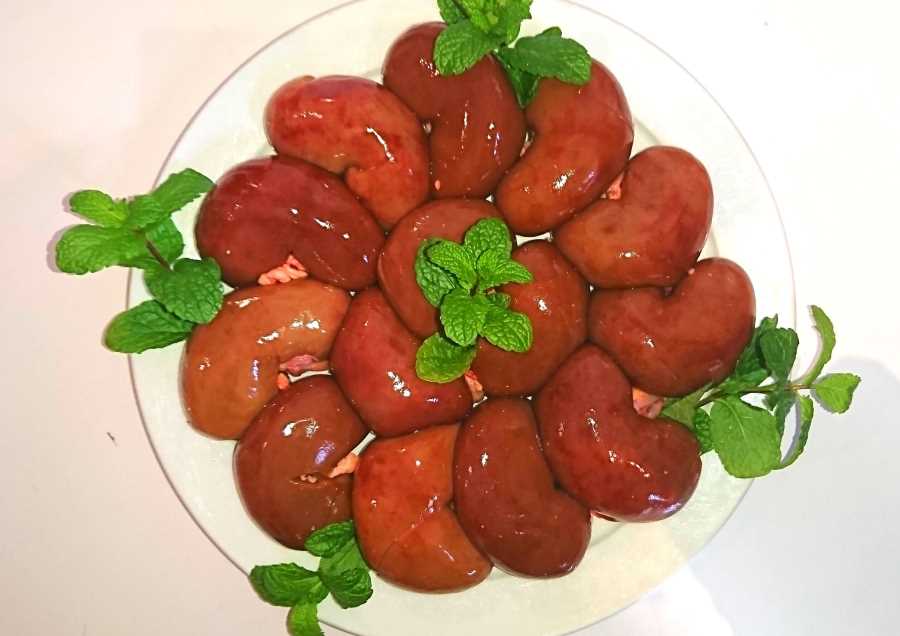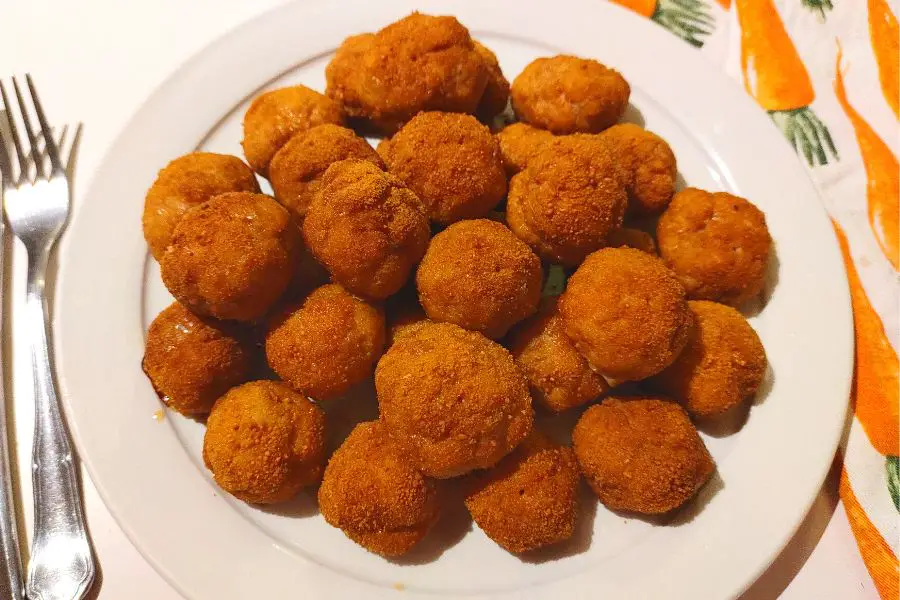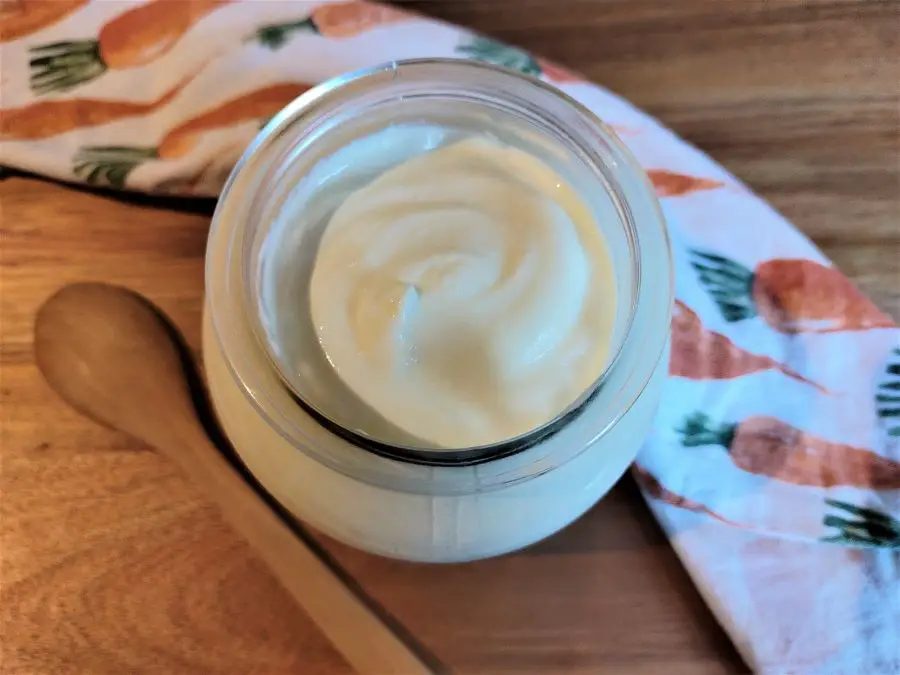For many people, kidneys are just gross, but like many other organ meats, kidneys are packed with nutrients. In this post, I’ll briefly cover what’s in kidneys and how to cook lamb kidneys in a few easy steps.
Nutrients in beef, lamb and pork kidneys
Kidneys are rich in good quality proteins, low in fat and low in calories but nutrient-rich, so they are great to add to your diet if you are looking to lose weight.
As can be seen in the table below, kidneys are a great source of thiamin, riboflavin, niacin, B12, iron, phosphorus, copper, and selenium. They also contain many other essential nutrients in small quantities.
They are a relatively good source of vitamin C on the carnivore diet. For example, beef and lamb kidneys respectively have 9.4 mg and 11 mg per 100 grams while beef has only about 1.6 mg per 100 grams.[1, 2]
As I wrote in this post, you just need about 10 mg of vitamin C a day to prevent scurvy. Therefore, if you have any concerns about your vitamin C intake, please try to incorporate organ meats into your diet. You will find out that after you get over the yuck factor, it’s not difficult at all and you may even enjoy it.
They are also great to add to your carnivore diet food list if you are on a budget because they are very cheap but super nutritious. In many countries, organ meats are so treasured that they are more expensive than lean muscle meat.
So, please enjoy them when you can, especially if you are living in the U.S. and some other developed countries and currently can get them at giveaway prices.
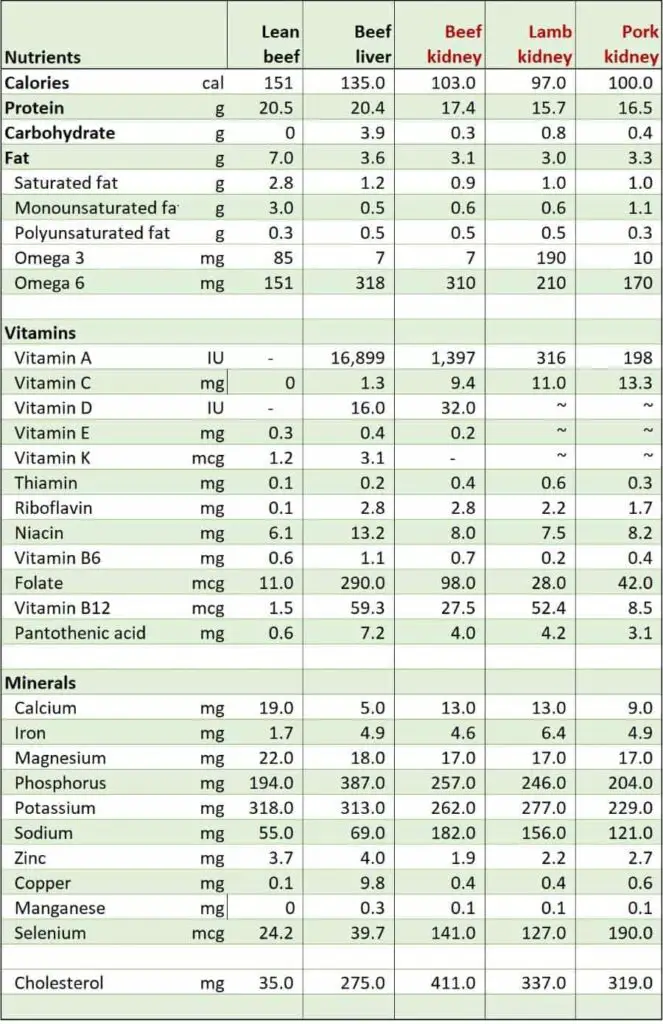
Carnivore lamb kidney recipe
Ingredients
- 450 grams of lamb kidney (1 pound)
- 1/2 tsp salt
- 2 tbs of animal fat
- 1 tbs of butter
- Optional seasonings (e.g. 3 garlic cloves, pinch of black pepper, fresh coriander for garnish)
Instructions
1. Remove the strings and the transparent membrane covering the kidneys if they haven’t already been removed by the butchers
2. Cut the kidneys in half lengthwise
3. If you have never eaten kidneys before in your life, score the surface of the kidney with criss-cross patterns then soak them in a bowl of water with a tsp of salt for a couple of hours. This will help reduce the urine smell of the kidneys (I usually skip this step)
4. Remove the kidneys from the soaking water, rinse well and pat them dry. Sprinkle salt on both sides
5. Heat a frying pan, add the fat, heat till it shimmers. If you use seasonings like fresh garlic, add the minced garlic now and fry until golden and fragrant
6. Add a layer of lamb kidneys to the frying pan, cook for 2 minutes, turn over and cook the other side for a further 2 minutes (add the butter 1 minute before cooking finishes)
7. Transfer to a platter immediately to prevent further cooking. The aim is to get a caramelization on the outside but the inside is still pink. As mentioned above, organ meat is the top source of vitamin C on the carnivore diet, so you don’t want to overcook the kidneys and destroy their precious vitamin C content. Besides, they will be dry and rubbery and don’t taste very nice when you overcook them.
8. Slice them up and pour any remaining pan sauce on top before serving.
Other ways to use lamb kidneys
I find that meat and organ meat taste best with minimum cooking.
But if you are new to organ meats, add them to stew, blend them to add to your meatloaf, meatballs, or burger patties.
If you can handle plant food okay, slice them up and fry them with a small amount of seasonal vegetables.

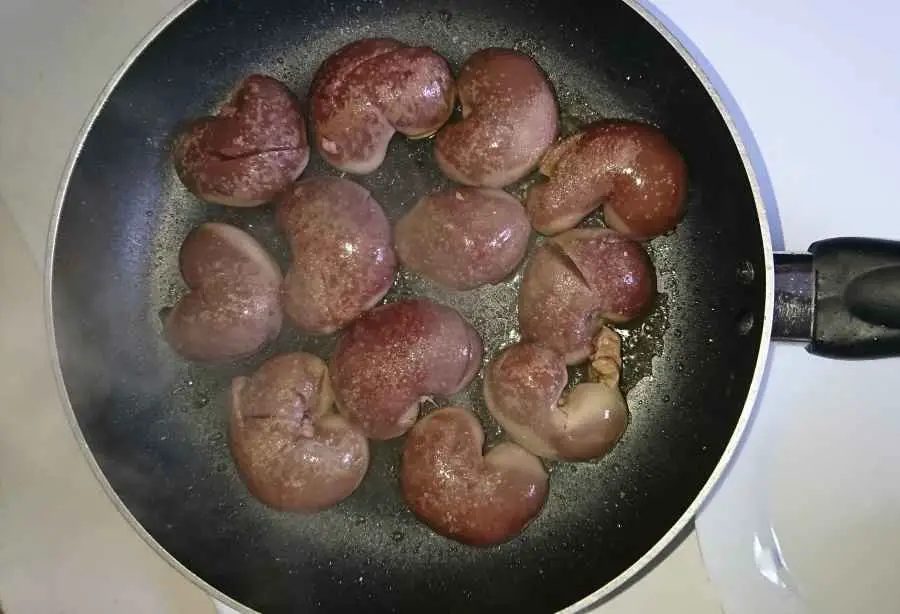
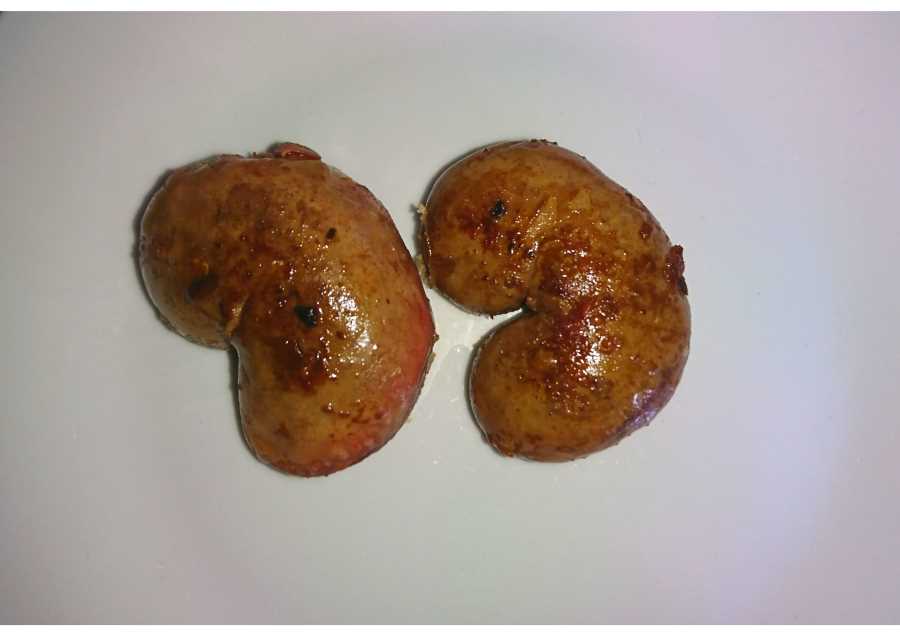
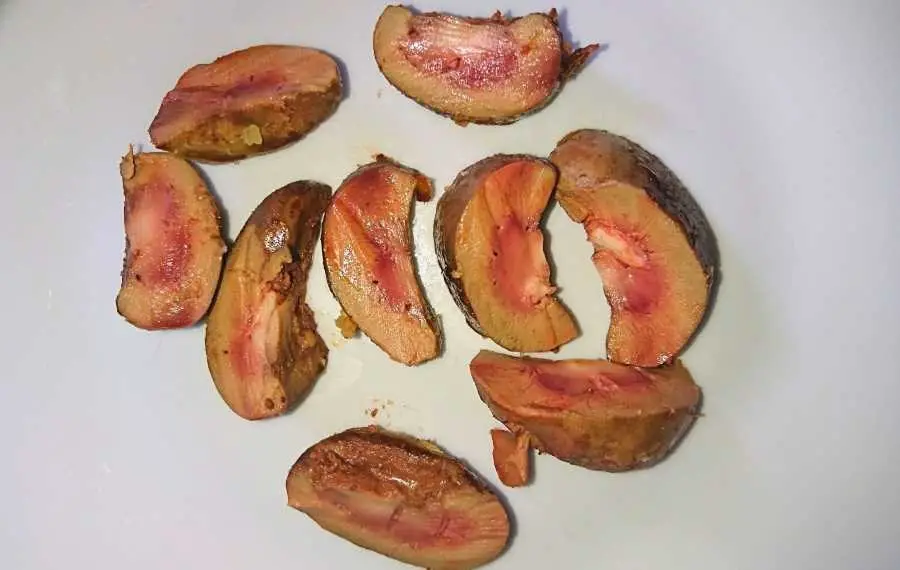
Disclaimer: The information in this post is for reference purposes only and not intended to constitute or replace professional medical advice. Please consult a qualified medical professional before making any changes to your diet or lifestyle.

